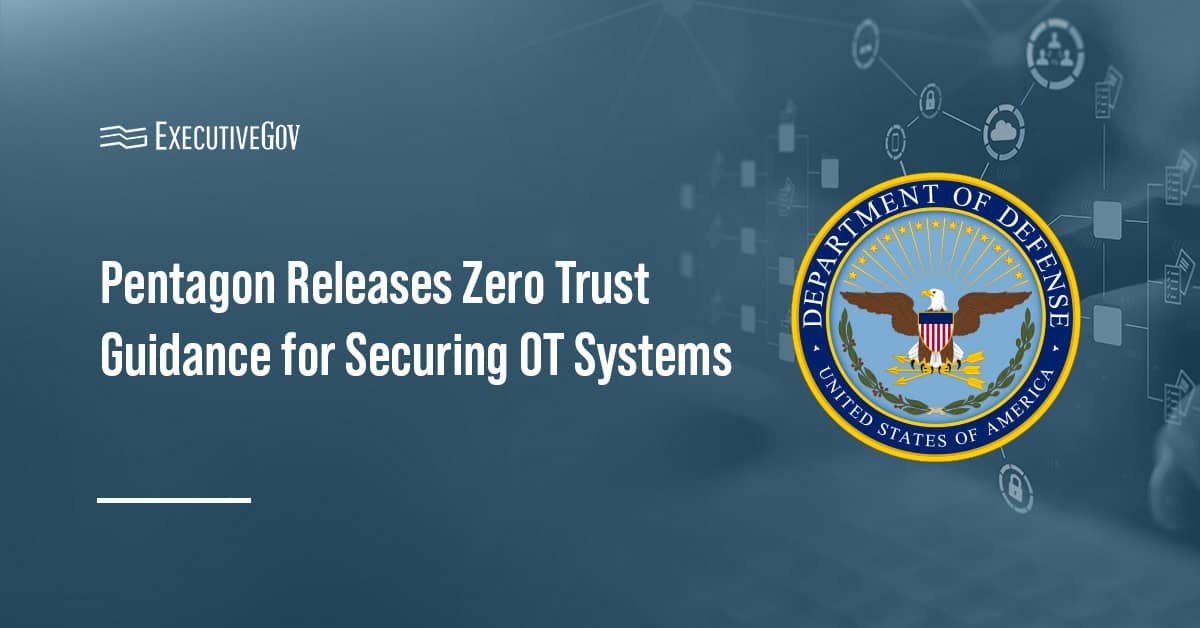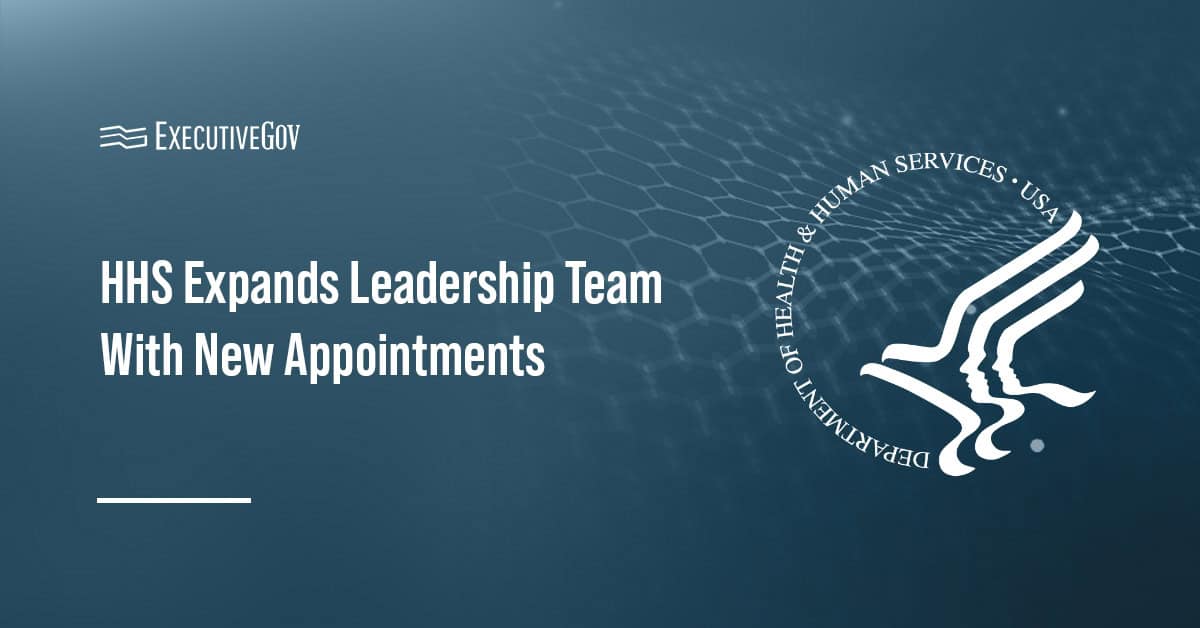
Defense Secretary James Mattis has said another continuing resolution would affect the Defense Department‘s modernization efforts since it would prevent the launch of new programs, Defense News reported.
Mattis told reporters Monday that a stopgap funding measure “creates unpredictability” and hampers DoD’s capacity to address new threats.
“We cannot start new programs, so where you’re trying to adjust to the changing character of warfare — electronic warfare, space issues, cyber issues, counter-[unmanned aircraft systems] efforts… we cannot start those new programs,” said Mattis, an inductee into Executive Mosaic‘s Wash100 for 2017.
He added that budget instability would also force industry to postpone technology development initiatives.
Congress might opt for a continuing resolution to prevent a government shutdown when fiscal year 2017 ends in September, the report noted.





